Seghers Engineering NV was founded on 11 September 1974.
The 1980s and 1990s marked Seghers Engineering NV's expansion
During this period, the various branches of Seghers Engineering were rebranded under Seghers Better Technology Group
Seghers Keppel Technology Group was incorporated in 2002
Reorganisation of KIE and Keppel Energy in May 2013
Today, Keppel Seghers is a leading provider of comprehensive environmental solutions
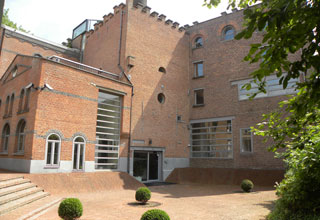
Keppel Seghers Belgium Office
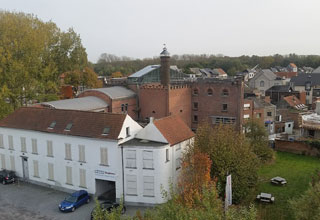
Aerial view of Keppel Seghers Belgium Office
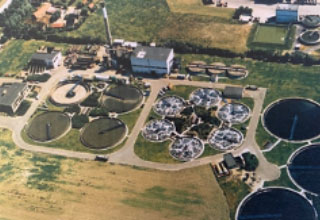
Aerial view of Brugge Wastewater Treatment Plant (1978)
SEGHERS ENGINEERING NV was founded on 11 September 1974. The company focused on wastewater treatment with aeration systems, the construction of waste combustion plants, Keppel Seghers developed the first-generation of air-cooled moving grates for the waste incineration. During that period, the company developed the HARDpelletiser which turns sludge into a useful, environmental-friendly product, and the ZEROFUEL fluidised bed technological solution, which is well-known as the best available technology for the combustion of sludge and other pasty wastes.
First references of Seghers Engineering were in the Belgian market in the water and sludge treatment in Louvain in 1977 and in Brugge in 1978, where the company installed a water treatment plant with activated sludge system.
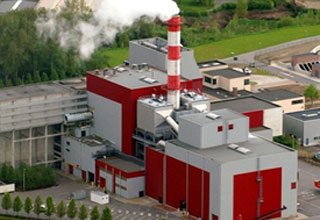
Wilrijk Waste-to-Energy Plant (1980)
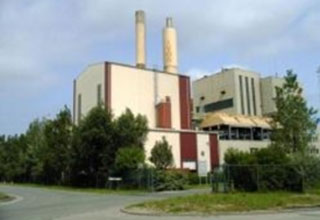
Oostende Waste-to-Energy Plant (1982)
The 1980s saw the first references in waste to energy in Belgium (Wilrijk in 1980 and Oostende in 1982) but also the first references on the international market with the sale of air cooled grates in United States, Davis County and Savannah in 1984. In 1985, the first ZEROFUEL plant was built in combination with a HARDpelletiser in Brugge, Belgium.
The 1980s marked Seghers Engineering NV's expansion in the Water, Solid Waste and Flue Gas Cleaning divisions, whereby SEGHERS ENGINEERING WATER NV and SEGHERS ENGINEERING SOLID+AIR were founded to ensure the autonomous growth of the divisions.
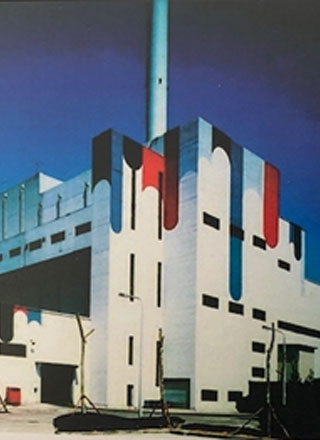
Mokdong Waste-to-Energy Plant in South Korea (1996)
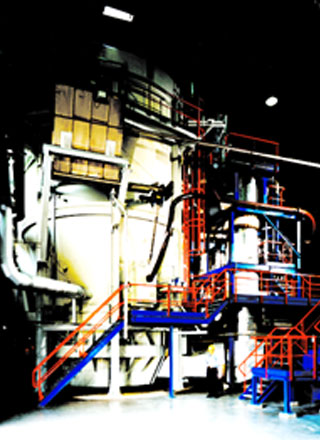
ZEROFUEL sludge incineration plant in Brussels (1997)
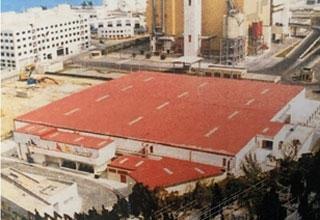
UNITANK plant in Taipa, Macau (1994)
During this period, the various branches of Seghers Engineering were rebranded under SEGHERS BETTER TECHNOLOGY GROUP, with a new global structure for synergy.
In addition, several new technologies were acquired by the Group, including the UNITANK® technology, a space and cost saving biological wastewater treatment solution, the ROTARY ATOMISER technology for flue gas cleaning, and the DANO® drum technology for recycling and pre-treatment of waste.
During this period, the Seghers Better Technology Group further expanded on the international market of water-, sludge- and waste treatment with new wastewater treatment projects using the UNITANK technology in China, Japan and Macau.
The sludge treatment activity saw the upgrade of the ZEROFUEL sludge incineration plant in Brussels in 1997. In the waste to energy activity, Seghers Better Technology Group realised the plants of Beveren (Belgium), and the complete retrofit of the Wilrijk plant (Belgium), while delivering the core technology to the Gent plant (Belgium). In South Korea, the company delivered the core technology to the Seoul Mokdong waste to energy plant in 1996 followed by the Uijeongbu plant few years later.
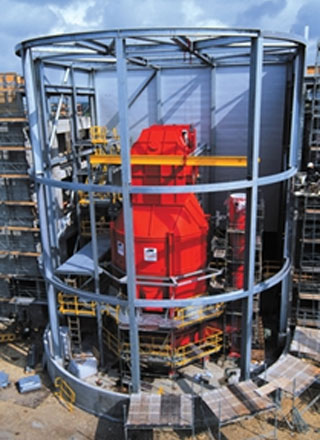
ZEROFUEL sludge incineration plant in Copenhagen (2000)
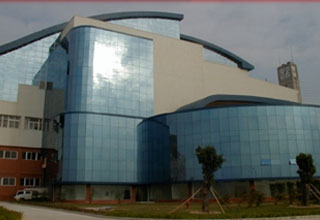
Waste-to-Energy technology package installed in Nanshan (2004)
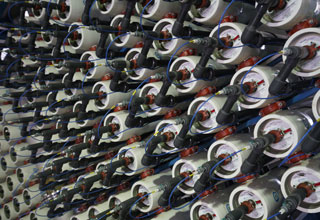
Ulu Pandan Newater plant in Singapore (2005)
SEGHERS KEPPEL TECHNOLOGY GROUP was incorporated in 2002, when Keppel Integrated Engineering (KIE) acquired the assets of Seghers Better Technology Group.
Subsequently, the Group was integrated in 2005 with the rest of the environmental companies belonging to KIE to strengthen cohesion among all environmental activities. The Group underwent a global name change to KEPPEL SEGHERS, its present name.
During this period, Keppel Seghers also placed strategic focus on long-term participations, including Design, Build, Own & Operate (DBOO), Build, Operate & Transfer (BOT), Build, Own, Operate & Transfer (BOOT), Public Private Partnerships (PPPs), license agreements and joint ventures.
In the water activity, Keppel Seghers was awarded in early 2005 to design, build, own and operate the plant in Ulu Pandan Singapore for 20 years under a Public Private Partnership initiative. The sludge activity saw the construction of the ZEROFUEL plant in Copenhagen in 2000. In the waste to energy sector, the 2000s are the beginning of the expansion of the technology packages in China. Since the first technology package contracted in Nanshan in 1999, Keppel Seghers has secured 69 lines of waste to energy in the Chinese market.
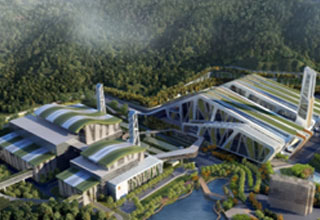
Bao An Waste-to-Energy plant in China,Shenzhen (Artist Impression)
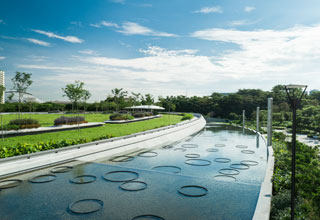
Keppel Marina East Desalination plant in Singapore (KMEDP)
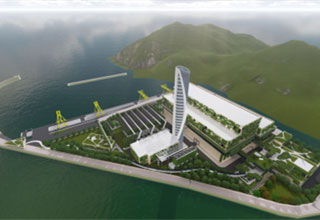
Hong Kong Integrated Waste Management Facility (HKIWMF) Phase 1 on a reclaimed island (Artist Impression)
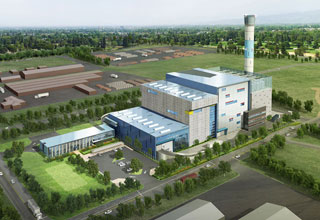
Kwinana Energy-from-Waste Plant, Australia (Artist Impression)
With the integration of KIE and Keppel Energy in May 2013, Keppel Seghers also came under the wing of the then-incorporated company, Keppel Infrastructure.
During the 2010s, Keppel Seghers was particularly active in the waste-to-energy space completing iconic projects like Runcorn Phase 1 & 2 in Manchester, UK in 2010, the largest waste-to-energy cogeneration plant in Europe, the Bao An waste-to-energy plant in Shenzhen in 2016, the largest waste-to-energy plant in the world in terms of incineration capacity at a single site. Keppel Seghers also secured a contract to build the Hong Kong Integrated Waste Management Facility in 2017, the first waste-to-energy plant located on an offshore island in the world. In 2018, Keppel Seghers won a contract to supply the key technology and services for Australia's first WTE plant in Kwinana.
In terms of water activity, Keppel Seghers secured contracts to develop the Doha North Sewage Treatment Plant in Qatar in 2015 and the Keppel Marina East Desalination Plant in Singapore in 2017.
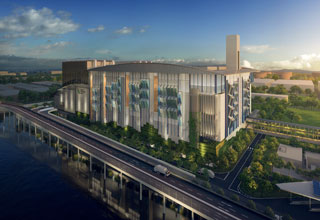
Tuas Integrated Waste Management Facility (IWMF) in Singapore (Artist Impression)
In 2020, Keppel Seghers secured the contract to build Singapore’s first Integrated Waste Management Facility (IWMF) in Tuas, Singapore.
Keppel Seghers' history spans close to half a century. The company's foundations were laid on 11 September 1974, when Seghers Engineering NV was incorporated.
Today, Keppel Seghers is a leading provider of comprehensive environmental solutions ranging from design and engineering, technology and construction to operations and maintenance of facilities. Its advanced technology solutions address a wide spectrum of environmental issues including solid waste, sludge and wastewater.
Keppel Seghers' mission is to become a valued partner to its customers and contribute significantly to the preservation of its environment through the use of advanced technology solutions and leveraging on its extensive engineering experience and global network.
